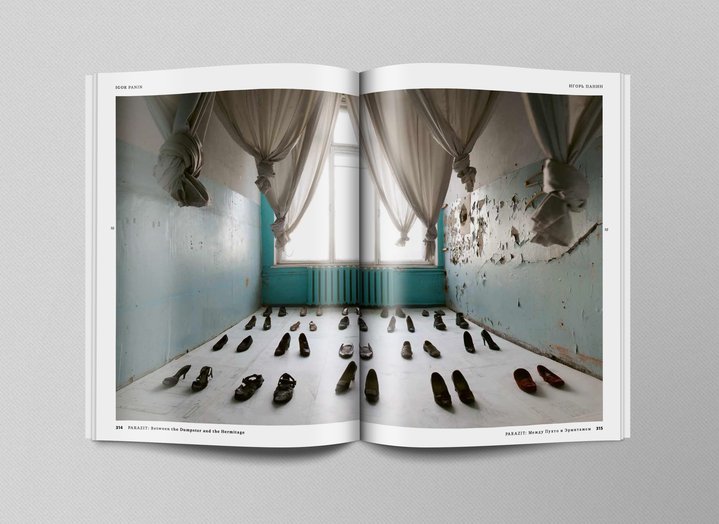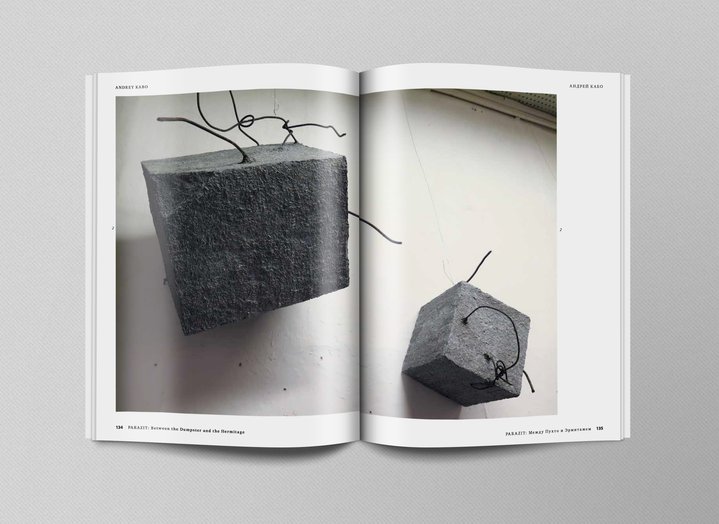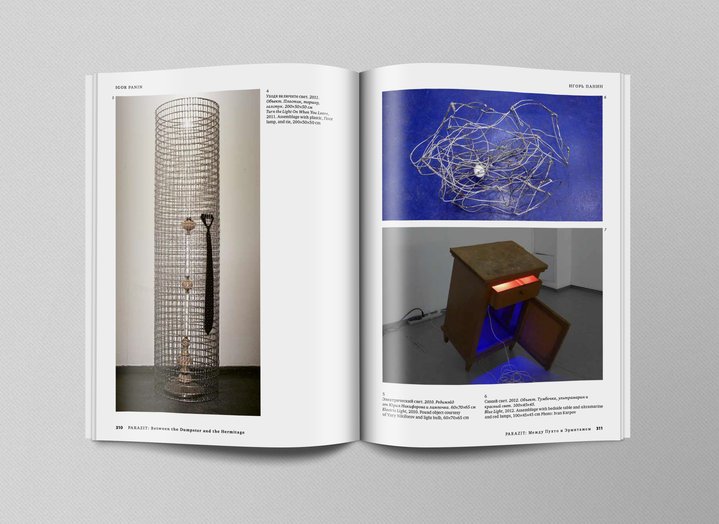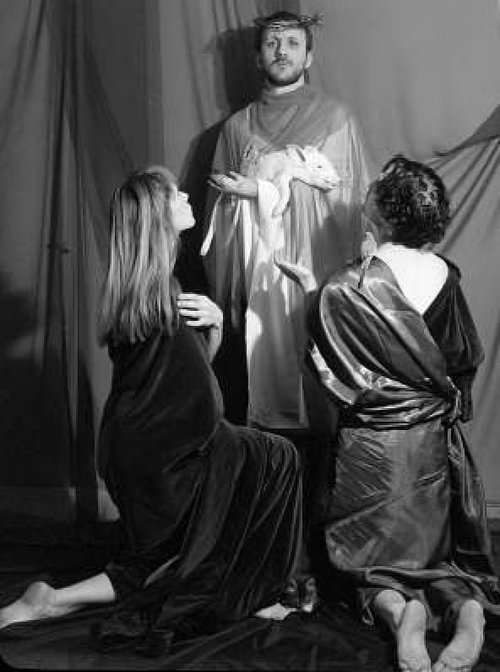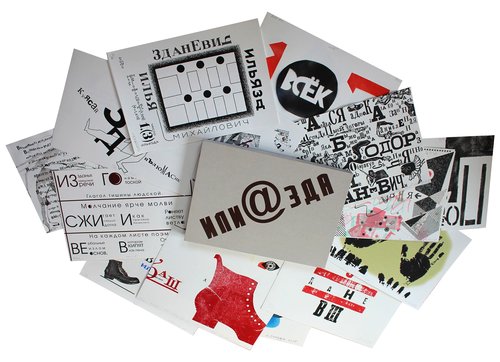A new art book about self-confessed parasites
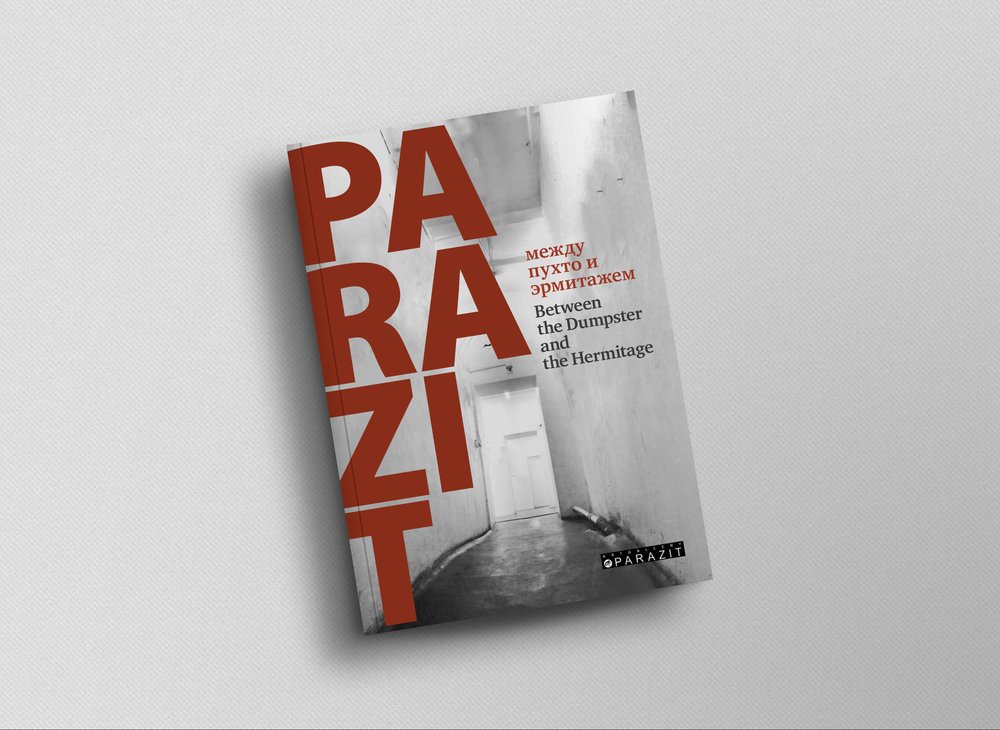
PARAZIT: Between the Dumpster and the Hermitage, 2021. Borey art centre
This recently published book uncovers the story of art group PARAZIT, a St Petersburg collective with an ever-changing cast, who emerged two decades ago. This volume, published in Russian and English, was written in part by the artists themselves.
PARAZIT is an eccentric artistic association which has existed in St Petersburg in some form or another since 2000 and is still active today. Its members take no offence at being called parasites and carry this name lightly. The name evokes their creative antics, basically their embracing of parasitism in the broadest sense of the word. The group has always attracted the most diverse artists, and group exhibitions include beginners and well-established artists, those with gallery representation and those without it. PARAZIT's group activity as seen over two decades is a quintessential reflection of Achille Bonito-Oliva’s ‘aesthetics of relationships.’
PARAZIT are the heirs of the New Dumb Artists' Association, operating in St. Petersburg in the 1990s. Both artistic phenomena are united by a figurehead - artist Vladimir Kozin (b. 1953) - and their home is the city's oldest private art centre Borey, with exhibition halls and an artistic cafe. PARAZIT exhibitions are still held in Borey’s narrow corridor, with the sign emblazoned with the warning: ‘Watch your head’ above the entrance. They have a raw, broad and volatile character: the individual works are exceptionally vivid, they have boundless energy, and literally convey the artistic process itself. In today's art world PARAZIT is comparable with the original, historical Dadaism of the turn of the 1920s.
‘New Dumb’, formerly one of many little-known pages in the history of contemporary Russian art, has gained long-deserved notoriety after an ambitious retrospective at Moscow's Museum of Modern Art in 2016 and a review exhibition in New York in late 2019. While the ‘New Dumb’ have consistently problematized and thematized creative irrelevance in their actions, PARAZIT goes further: without relying on art institutions, and eschewing their more formal structures, they mount exhibitions and organize autonomous galleries and auctions. Responding to every event in the world of politics and art, the artists have intercepted and captured the agenda. In 2009 they mounted an exhibition for the 49th Venice Biennale, later for the 5th and 9th Documenta, each show lasting ten days. For more than two decades now, they have been creating large group exhibitions once or twice a month.
The thick tome about PARAZIT was created over the course of five years. Its subtitle ‘Between the Dumpster and the Hermitage’, which connects two poles: the name of one of the best known and respected museums in the world and a local word for rubbish bins which speaks volumes about the aesthetic benchmarks and artists accrued under one cover. ‘The Parasite in the Museums of the World’ is the title of one of the most famous actions of the association, held at the Hermitage in St. Petersburg, the State Tretyakov Gallery and the Pushkin State Museum of Fine Arts in Moscow; regional art galleries in Samara, Yekaterinburg and Perm and the National Art Museum of the Republic of Belarus in Minsk. On arriving at a museum, the artists would hand in a folder with a selection of their original works and a letter addressed to the director. A number from the museum's cloakroom became documentation for each action.
Of the six introductory articles and essays in the book, half have been written by well-known art historians and critics: Alexander Borovsky, the founder of the collection of contemporary art in the State Russian Museum and the head of its Modern Art Department; cultural entrepreneur and former art dealer Marat Guelman (declared a foreign agent by the Russian authorities); and the St. Petersburg art critic Anna Matveeva, who in the 1990s took part in the New Dumb performances. Three other texts in the book are written by artists who were closely connected with the life of the association during different years. They are Sergey Spirikhin (b. 1963), artist, philosopher and writer who was one of the leaders of ‘New Dumb’, Grigory Yushchenko (b. 1986), organizer of the art group Protez (Prosthesis), which separated from PARAZIT, and Semyon Motolyanets (b. 1982), an artist, who is most closely connected with the association's activity today. Some see PARAZIT as a ‘Cloud Community’ (the title of Matveyeva's text), some see it as a ‘Funny Game’ (the title of Yushchenko's text) and others try to identify what the ‘handwriting of PARAZIT’ is (the title of Motolyanets' text). While the texts of the theorists focus mainly on the glorious past, active artists seek to survey the creative practice of PARAZIT as a coherent whole.
The ‘Personalities’ section of the book includes the twenty-two authors and groups who have taken part in PARAZIT exhibitions and events. For scholars, the main value of the publication is the list of all the PARAZIT exhibitions that took place between 2000 and 2015: a chronological table contains more than 260 projects. Documentation is especially important for St. Petersburg art, where, unlike in Moscow, the cult of the archive is just emerging. The unpretentiousness, spontaneity, processualism, and apparent randomness of the exhibitions and the works shown in them form a stable non-conformist opposition to the monumental pathos of traditional Petersburg culture, and in this sense, PARAZIT has chosen a consummate strategy.
Starting from December 2022, the book will be on sale at London’s Pushkin House.
PARAZIT: Between the Dumpster and the Hermitage
Art gallery PARAZIT, Borey art centre, 2021
London, UK






